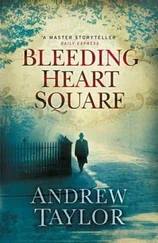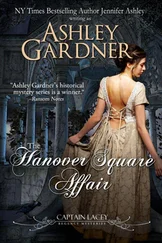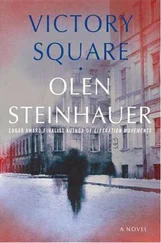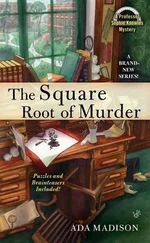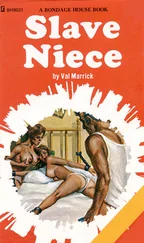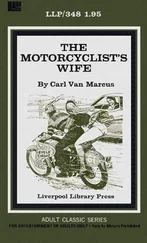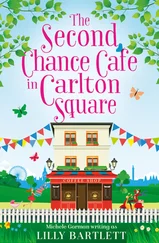Rutland would truly head home, Stagg thought, only many years later, in 1680. But the London he fled to would be two-thirds the size by then, hollowed out by the bubonic plague, and with a king, not Rajasingha II but Charles II, the Stuart, restored. The Lord Protector and master Roundhead Oliver Cromwell had lost the confidence of his people and left them longing for the comforts of monarchy.
Rutland’s father, Harold, a prominent Royalist, had relished the restoration of the Stuarts in 1660, though Stephen himself was always more cavalier than Cavalier. Certainly he was at the time he’d left London, in 1658, after a military training, for a life at sea, ostensibly in the name of the commercial interests of the East India Company but really more for the adventuring. The conflicts he’d been enmeshed in on the island had altered his politics, his sense of justice, though he couldn’t say just how, except to say he could be neither Royalist nor Roundhead now.
Stagg’s own predicament, the inchoate strife that surrounded him, how different was it, finally, from what Rutland had experienced abroad? It must be making his politics mutate too in unknown ways. Officially he stood with Penerin and the ruling order. But if the elections, or else a less peaceful force, were to undo it, there was no saying in advance which of the competing actors might earn his sympathy, or what new attachments he might form. This mercenary instinct seemed to be growing in Stagg, and he had to consider whether, beyond the turmoil all around him, his research too might be a catalyst, just as its object, a long-lost Sri Lanka, had been for Rutland.
A century and a half later, as if to revenge his captivity, the Rutland line would return to the island. Lt. General Andrew Philip Bartley Rutland led the final thrust into Kandy and was a leading signatory, in 1815, to the Kandyan Convention, that British treaty of annexation.
In the Uva rebellion that followed, he brought an end to several leading Sinhalese bloodlines, ones very much like his own back in England. He was always of the view that Bulwer-Lytton would articulate years later, and Disraeli would endorse: an “aristocracy of shopkeepers” was not to be preferred to an oligarchy of nobles. Abroad, of course, these English shopkeepers were out of sight, so A. P. B. Rutland was less dispirited by them than by the killing of nobles here in Ceylon, swiftly, brutally, knowing it could only speed the conquest of the commercial classes, however exactly they chose to dispose of the island.
Later, around 1900, Andrew’s grandnephew Gareth Robbins Rutland would serve as deputy governor of Ceylon. He had been an Apostle at Cambridge, at Peterhouse, in fact, where Stagg had been a doctoral student. Gareth’s ascendancy was swift. His family name virtually assured this.
Stagg himself was nearly tapped to be an Apostle, before he told the would-be tapper, in the sincerest tones, how important it was to follow your dreams. His friend readily agreed to the platitude. Then Stagg told him he’d dreamed the night before he’d pushed a child down a flight of stairs. What to do then? Baffled laughter came back. It was a fine joke, but Stagg had to pursue it. Would he help him memorialize the realization of his dreams, by filming it? he asked. And where would they find the right child? After a surreal debate over the meaning of the platitude, whether dreams in the clinical sense could possibly count, Stagg held firm to his position, his tone never straying from earnest. It froze his friend’s face in the end, stunned him into silence. At that point Stagg patted him on the shoulder and laughed, left him to watch Arsenal F.C. finish off Chelsea in the middle common room of Jesus College. There would be no tap. The friendship was finished too.
Where to trace this taste for terror? Probably the question itself was a dodge. Yet he liked to think he was finding the form of an answer in Haas, a commander who seemed as much at war with his own squad as with the enemy, who seemed to need to visit arbitrary cruelties on those around him to keep his mind level. In a diluted way Stagg’s father seemed to share in this unknowable need, at least when Stagg had been younger and more fully part of his squad. The family had disbanded now, or retired maybe, on neutral terms. The old wars had been too much. The mother remained in California, the father in Vienna. The child was still finding a territory of his own.
Gareth Robbins Rutland came to Ceylon with a fellow Apostle, Leonard Woolf, Virginia’s future husband. Soon after, though, Woolf returned to London, and Bloomsbury, troubled by the mechanics of colonial administration. He wrote a novel about it: The Village in the Jungle .
It was a bad novel, narratively clumsy and evincing nearly as much contempt for the Ceylonese as for the British administration. Still, like the best undistinguished novels, it remained useful to the historian mapping the shape of an era.
Robert Knox, who escaped to England with Rutland on a Dutch military vessel, composed a chronicle of his experience in the mode of the traveler’s tale: An Historical Relation of the Island Ceylon in the East Indies . It was published in 1681, sold very well, and unlike Woolf’s book centuries later, managed to have some literary merit as well. Though roughly formed in places, there were affinities with Gargantua and Pantagruel and Moby Dick . It’s said to have exerted a direct influence on the writing of Robinson Crusoe and Gulliver’s Travels .
But for Stagg there was much more to admire in it. It can be called a traveler’s tale, but the records from other merchants and soldiers, and from the monks and statesmen of the island, corroborate large portions of it: the native habits and customs, the horticultural explanations, the translations of pregnant Sinhalese phrases. It was closer to a travel memoir, really, than a tale.
Detailed records of daily life in the 1600s are few on the subcontinent generally. It forced you to rely on imperfect foreign reports like Knox’s. Of course, there were the clerical records, the Great and Lesser Chronicles. They did offer a continuous history of Sri Lanka of a sort , from the time of its settlement in 543 B.C.E., when Prince Vijaya, it attests, sailed to the island from Kalinga, in the north of India, with seven hundred men and women, through to 1815, when Kandy finally fell. But, being composed and maintained solely by the priesthood, the account was profoundly incomplete.
For one, the customs and practices of ordinary people go almost entirely unrecorded, as do any matters of neither practical nor metaphysical interest to the monks. Instead, the Chronicles give you the evolution of successive royal orders, the unfurling of aristocratic lines, in tandem with a history of the priesthood, its influential scholar-monks — the tirinanxes , as Knox and Rutland called them — and how they related to the successive regimes. Their record of the royal court, though, was of less value, as it was known, from other surviving documents, especially those of dissident priests, to be written in a manner unduly favorable to kings who were concessive to the priesthood.
The Chronicles, then, are a history, and in the main a panegyrical one, of two institutions, church and state. What doesn’t bear directly on either or casts them in too harsh a light would have been left out, or even redacted by later generations.
Centralization was partly the source of its unreliability. Each change of regime seems to have forced rhetorical and substantive shifts on the two books. So it fell to documents like Knox’s, composed by the marauders, the imperial and commercial outfits, and to the few surviving private journals of monks and distinguished members of the court, to give ballast to the official domestic record, a fraught task, the difficulties of which, it was growing ever clearer, Stagg had probably undersold to Kames.
Читать дальше


